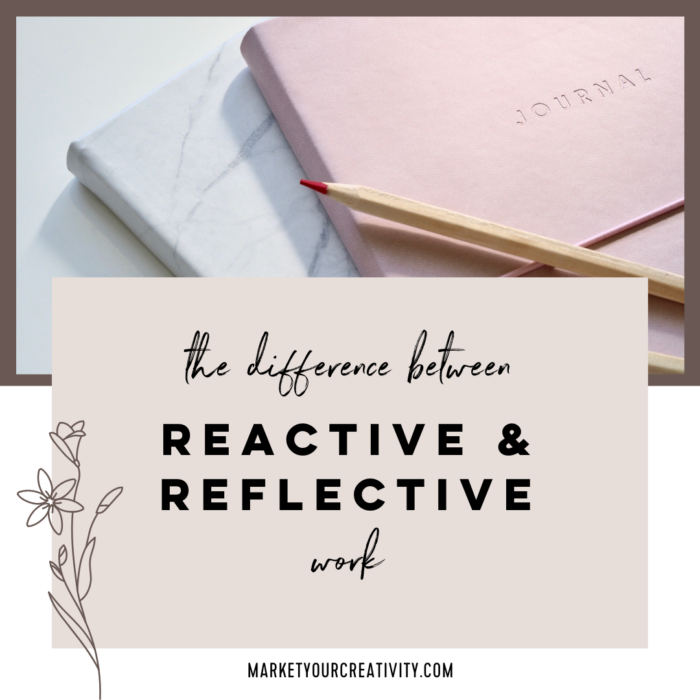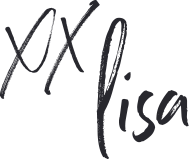Last month, my entire website CRASHED. And my response (in a nutshell) was: what’s the worse this could mean, really? I decided it’s not life-or-death. I wrote up a support ticket and logged off for the morning. … Whaaaaat?!
I simply refuse to panic. I am committed to doing business much differently.

Reactive vs. Reflective
I used to be highly reactive—I still challenge this as a go-to default. A reactive state or operation shows lack of a major, but often underrated necessary ingredient for a thriving business: trust. More specifically, self-trust. Trust in the business you built to hold steady, support you, provide for you.
The opposite, and more challenging state of operation is a reflective one—it provides space to think and consider your options. In this state, support and solutions abound.
When my website vanished, I wasn’t instantly calm. I had an initial reaction, to include the usual: a little fear, panic and uncertainty. I’m human.
Then, I consciously and purposefully did 3 things:
- Calm down. I ordered myself to detach from the reaction, take a deep breath, and assess. What is the very worst thing that could happen? How serious is that, really?
- Work the problem. What next actions are within my control? What can I reasonably do about this, right now? Is there anything else I can do?
- Walk away. After I’ve taken every logical action that I can reasonably take right now, the very best thing I can do is give the issue some space and allow myself even more detachment.
If you’re human, too 😉 and fear or panic has struck you at some point, you’ll know it’s not always easy to take the three actions above.
Reactivity is fear-based. Fear requires regular feeding. It feeds off of panic, stress, and anxiety. The more you feed it, the hungrier it becomes. It’s always waiting for its next meal, and if you’re in the habit, you’ll always be on the verge of fueling it.
That’s when I like to rely on an exercise recommended by Tim Ferriss—a process called “Fear-setting.” It’s a practice he does at least quarterly. The idea being that, in order to conquer fear, you must define it first. Once your fears are named, then you figure out the worst thing that could happen should any of them actually occur.
From there, and on a scale of 1—10, 1 being calm and 10 being full-blown panic, how scared are you of each fear? On a scale of 1—10, 1 being no big deal and 10 being a life-changing and permanent disaster, how badly would any of these fears coming to fruition affect your life?
I do a quick version of this exercise in fearful moments, as exampled above. Here’s the sequence:
- Identify the issue: My website vanished, it’s seen a critical error.
- How scared am I? 5 – this sucks, I don’t know how to solve it.
- Worst case scenario: It’ll be down until I find an expert (likely a few days). I might lose some traffic and some new readers/customers this week.
- How scary is that, actually? According to the exercise—1, this is certainly NOT on the richter scale of a permanent and life-changing disaster!
During an uncertain business event, like my website being down, this exercise actually leaves me feeling incredibly grateful that all is well in my world.
Trust Building—Life and Business
In order to get you to where we’re going with trust in my upcoming series, I had to first talk to you about fear. Because you can’t fear and trust at the same time. You can’t do anything (love, support, care, consider, etc.) and fear at the same time.
A good question to always be asking yourself: Where is fear the leading factor?In what areas of life and business am I being reactive?

